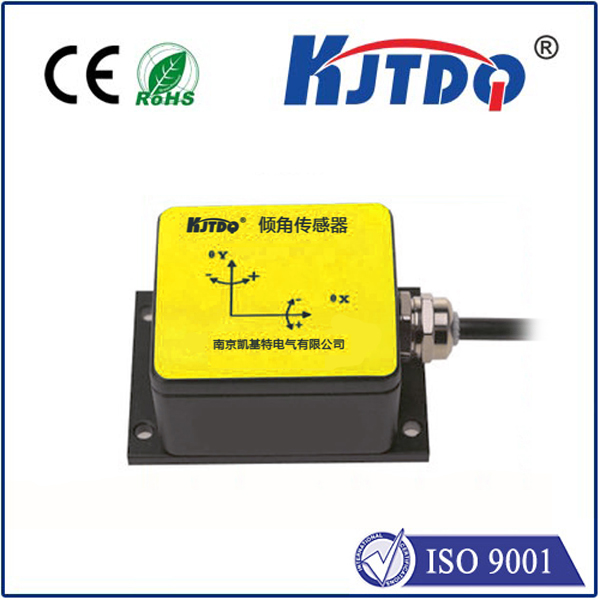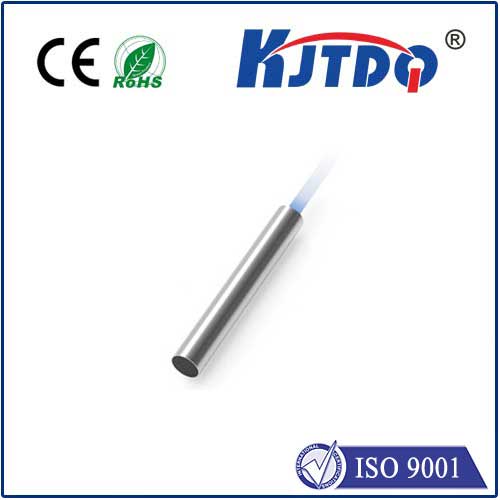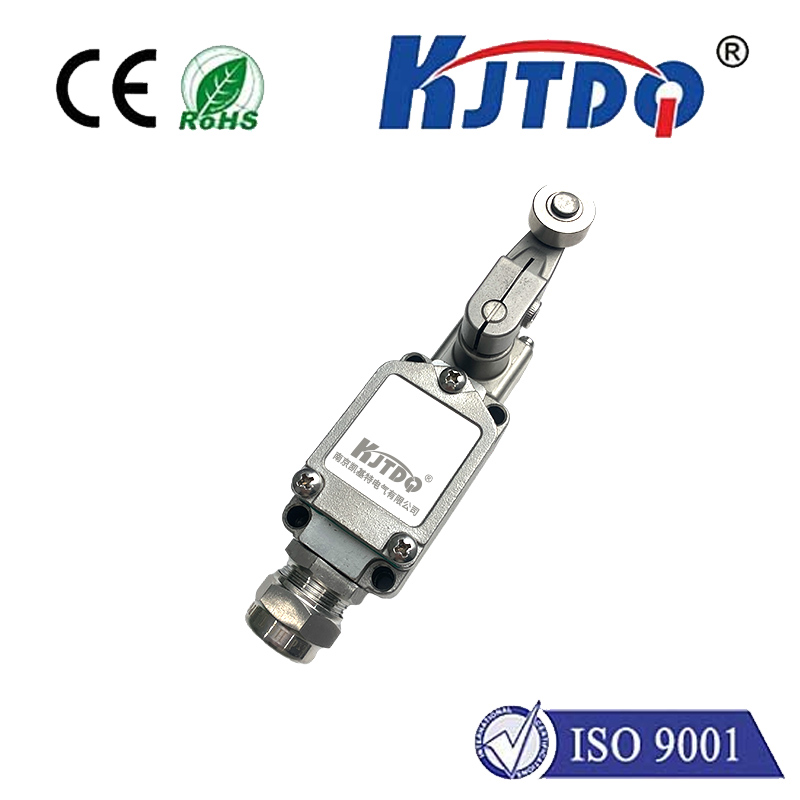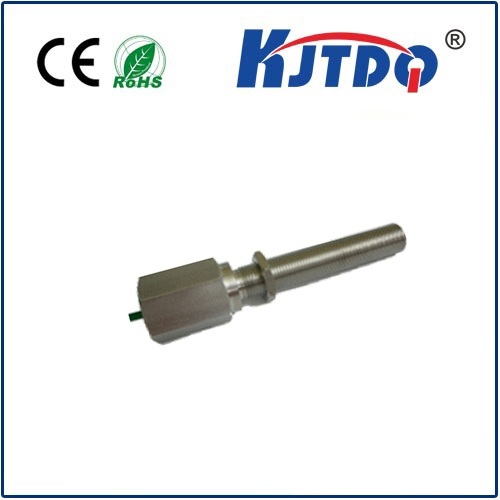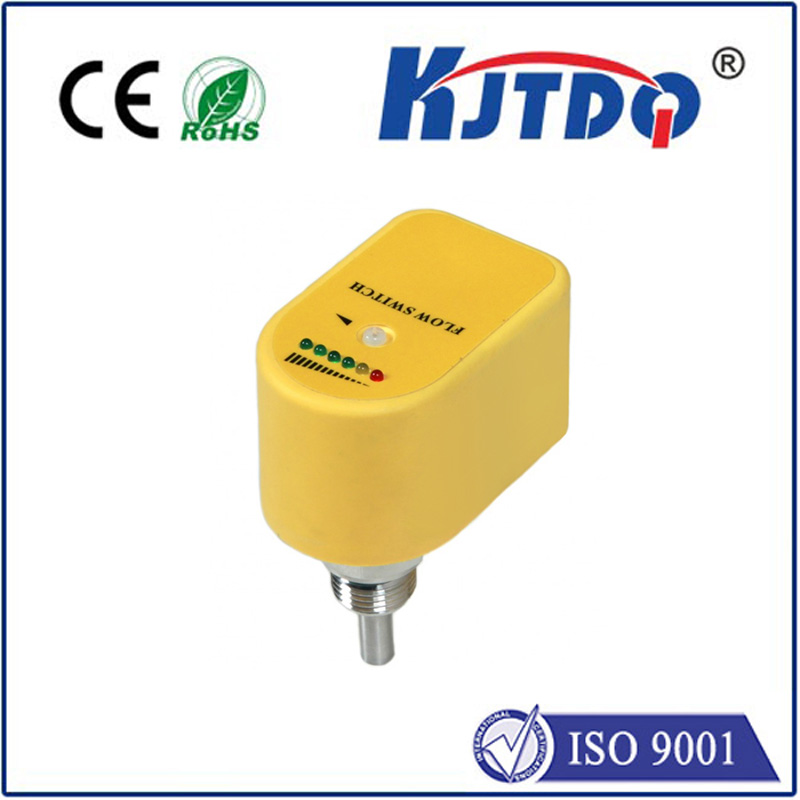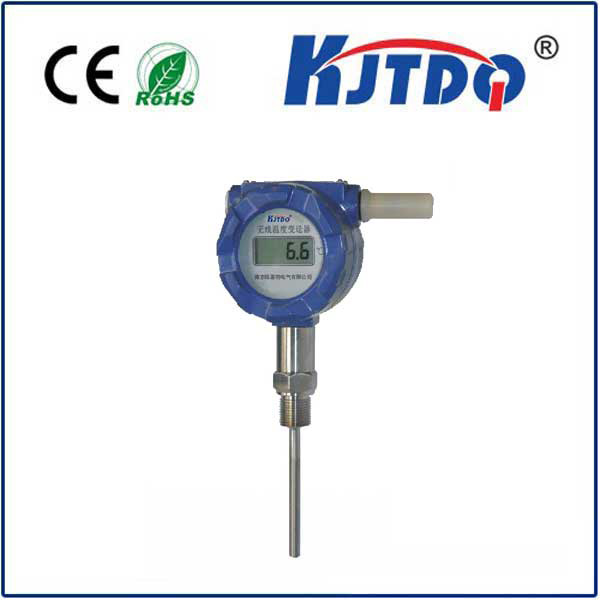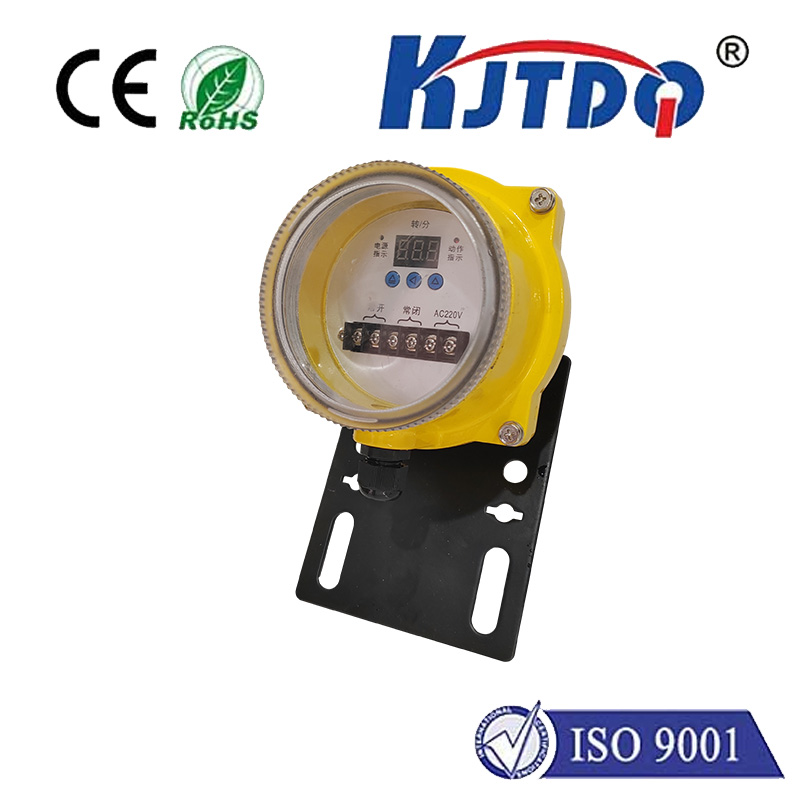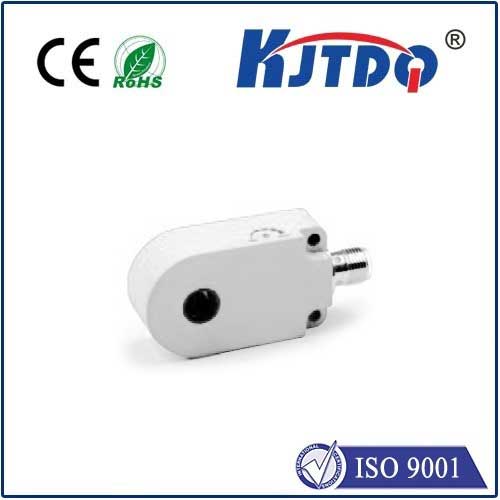micro switch water heater
- time:2025-08-06 10:58:12
- Click:0
Micro Switch Water Heater: The Critical Safety Component You Never Knew About
Imagine stepping into a warm shower, only to be jolted not by temperature, but by the chilling discovery of water leaking from your heater’s base. This scenario, potentially leading to costly damage or scalding risk, is precisely what the unassuming micro switch in your water heater tirelessly works to prevent. While tanks, heating elements, and thermostats often steal the spotlight, understanding the micro switch water heater function reveals it as an indispensable silent guardian. This small, pressure-sensitive switch plays a crucial role in activating critical safety mechanisms, safeguarding both your home and family.
Beyond the Big Picture: How Your Water Heater Manages Pressure
Traditional tank-style water heaters operate on a simple principle: cold water enters, gets heated by elements (electric) or a burner (gas), and hot water rises to the top for use. However, heating water inherently causes expansion. As water molecules get hotter, they move apart, increasing the volume within the rigid tank. Without a way to manage this pressure buildup, the tank itself could become a dangerous pressure vessel.
This is where the Temperature and Pressure (T&P) Relief Valve comes in – your water heater’s primary safety valve. It’s designed to automatically open and discharge water if internal pressure OR temperature exceed safe limits. But how does the water heater know when the T&P valve has been forced to activate due to excessive pressure? This vital communication link is the job of the micro switch.
The Micro Switch: A Pressure Sentinel

Often located near the T&P valve assembly or integrated within specific drain pan systems, the micro switch is a marvel of simple yet effective engineering. Think of it as an electrical gatekeeper:
- Pressure Detection Link: The micro switch is mechanically linked to the T&P relief valve’s discharge tube or a specialized drain pan designed to trigger it. When the T&P valve opens due to excessive pressure, water flows out through this tube.
- Physical Activation: The flow of water (or sometimes, the rise of water in a triggering drain pan) physically actuates a small lever or plunger on the micro switch. This tiny movement is all it takes.
- Electrical Circuit Interruption: Inside the micro switch, this physical movement instantly snaps internal electrical contacts open. This breaks a critical circuit within the water heater’s control system.
- Shutdown Command: The primary circuit interrupted is typically the one supplying power to the water heater’s heating elements (electric) or the gas valve (gas models). By cutting power to the heat source, the micro switch commands the heater to stop heating water immediately.
Why This Instant Shutdown Matters
The micro switch activation is a crucial fail-safe response to a symptom of a potentially dangerous situation:
- Preventing Catastrophic Failure: If the T&P valve is discharging, pressure has already reached dangerously high levels. Continuously heating water after this point only exacerbates the pressure buildup, increasing the risk of a tank rupture – a hazardous event involving boiling water and steam.
- Mitigating Water Damage: By stopping the heating process once the T&P valve activates and triggers the micro switch, the system prevents adding more heat and pressure. This helps contain the incident, limiting the amount of hot water discharged and minimizing potential property damage from leaks.
- Thermal Cutoff: It acts as an indirect thermal cutoff. While it’s triggered by pressure-induced discharge, the root cause of that pressure is often excessively high temperature. Halting heating is the fastest way to start cooling the tank.
Signs Your Water Heater’s Micro Switch Might Be Failing or Active
Because the micro switch only activates in response to the T&P valve discharging (or a triggering leak), you won’t typically notice it during normal operation. However, signs indicate it has done its job or might be malfunctioning:
- Heater Won’t Heat (No Hot Water): This is the primary symptom if the micro switch has been tripped and remains in the “open” position. The heater is locked out from heating as a safety measure. Important: This is a signal that something else is wrong (like a faulty T&P valve or severe pressure issue), not necessarily a broken micro switch.
- Visible Water Discharge: If you see water dripping or discharging from the T&P valve pipe near the floor or into a drain pan, and simultaneously have no hot water, it likely means the T&P valve opened and triggered the micro switch.
- Water in the Drain Pan (Specific Models): On heaters with drain pans incorporating a micro switch trigger, water accumulating in the pan (indicating a leak) can trip the switch and shut down heating.
- Failed Reset Attempts: Some micro switches have a manual reset button. If the heater won’t heat and pressing this button doesn’t restore function (after addressing any visible leaks or discharge), the switch itself may be faulty.
Addressing Micro Switch Issues: Safety First
If your water heater stops heating and you suspect the micro switch is involved:
- Do NOT Immediately Reset: First, investigate. Look for water discharge from the T&P valve pipe or water in the drain pan. A tripped micro switch is a symptom, not the root cause. Resetting it without fixing the underlying pressure or leak issue is dangerous and likely futile (it will just trip again).
- Identify the Trigger: Why did the T&P valve open? Common causes include:
- Excessive Tank Pressure: Often caused by a failed expansion tank (in closed water systems).
- Faulty T&P Valve: The valve itself can malfunction and release prematurely or fail to reseal.
- Overheating Thermostat: A stuck thermostat causing water to boil.
- Actual Leak: A leak in the tank or fittings filling a drain pan.
- Call a Professional: Diagnosing and resolving pressure issues, T&P valve problems, or leaks requires expertise. A licensed plumber can safely determine the root cause, replace the T&P valve if needed, check the expansion tank, and test or replace the micro switch if it’s faulty. Tinkering with pressurized water heating systems carries significant scalding and pressure risks.
The Unsung Hero of Home Safety
While it rarely gets a mention in glossy appliance brochures, the micro switch integrated within your water heater is a fundamental pillar of its safety architecture. Its singular, vital function – cutting power to the heat source the moment the T&P relief valve activates – is a crucial last line of defense against the potentially devastating consequences of uncontrolled pressure buildup. It transforms the T&P valve’s action from mere pressure release into an immediate system shutdown command. Understanding this tiny component reinforces why addressing any signs of T&P valve discharge or unexpected heater lockout is never a task for procrastination. It’s your water heater’s way of urgently signaling for professional help to maintain a safe and functional hot water supply.






